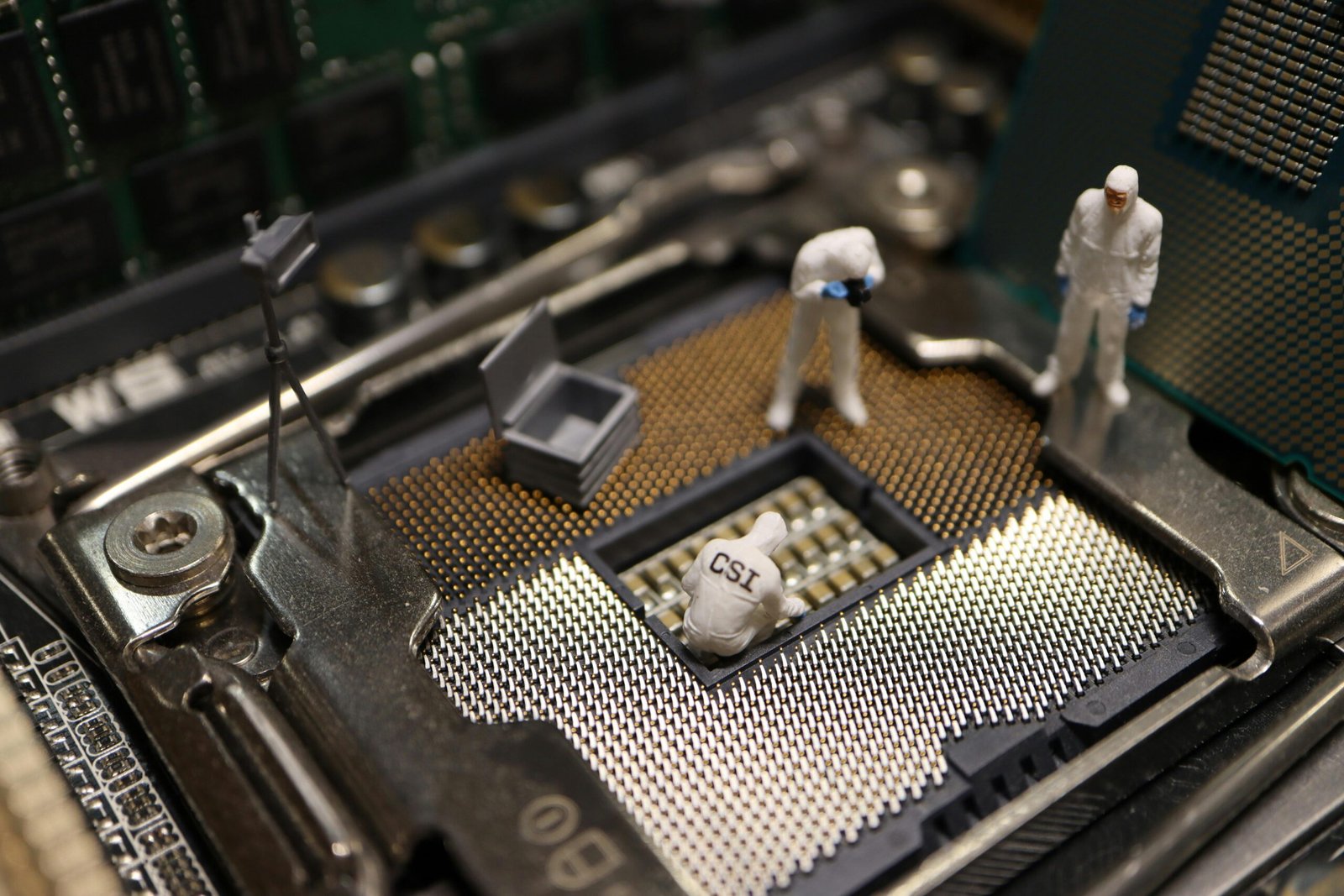The Rising Star of AI Chip Startups: Blaize’s Journey to NASDAQ
The remarkable ascent of NVIDIA has reignited investor enthusiasm in AI chip startups, shining a spotlight on companies like Blaize. This innovative venture, spearheaded by former Intel engineers, announced on Monday its plans to go public on the NASDAQ through a SPAC deal scheduled for Tuesday. Founded in 2011, Blaize has successfully attracted $335 million in investments from prominent players such as Samsung and Mercedes-Benz.
Based in El Dorado Hills, California, Blaize is dedicated to producing AI chips designed for edge applications rather than massive data centers like those dominated by NVIDIA. These chips are crafted to enhance smart products—think security cameras, drones, and industrial robots. “AI-powered edge computing is the future due to its low power consumption, low latency, cost-effectiveness and data privacy advantages,” shared CEO Dinakar Munagala, a former Intel veteran with nearly 12 years of experience, in a statement to TechCrunch.
Challenges and Opportunities: The Financial Landscape
Despite its promising trajectory, Blaize is currently a minor player in the colossal AI chip industry and faces significant financial challenges. In 2023, the company reported losses of $87.5 million against a revenue of just $3.8 million, according to its prospectus. However, it’s important to understand that chip manufacturing demands substantial capital investment upfront before scaling can truly begin—a point emphasized by Munagala.
“As you can imagine, [as a] chip company you do a massive amount of investment and when the hockey stick comes, it climbs,”
– Dinakar Munagala
Looking Ahead: Promising Partnerships and Valuations
Blaize is optimistic about the future, boasting $400 million in deals currently in the pipeline. Among these is a notable purchase order worth up to $104 million with an undisclosed EMEA “defense entity,” which is likely situated in the Middle East. This system aims to identify unknown or friendly troops, detect small boats, and spot drones—though Munagala has been discreet about the exact country involved.
Post-SPAC merger, Munagala anticipates Blaize’s valuation at approximately $1.2 billion—a figure that falls short compared to private valuations of other competitors like Cerebras. Cerebras has been closely monitored following its IPO filing last fall with ambitions to double its $4 billion valuation. However, unlike Blaize’s focus on edge applications, Cerebras remains centered on data center chips.
A Vision for AI’s Future
Blaize’s public debut represents a strategic gamble on a future where AI chips transition from centralized data centers to becoming integral components within physical products. As Munagala astutely observed:
“All of the AI hype is happening in the data center. Interestingly, they’ve totally neglected and forgotten about real physical world use cases that are very real, that are touching people’s lives and are happening now and making money.”
– Dinakar Munagala
Blaize is anchored in leveraging AI for practical applications within the tangible world—an approach poised for significant impact as technology continues to evolve.



